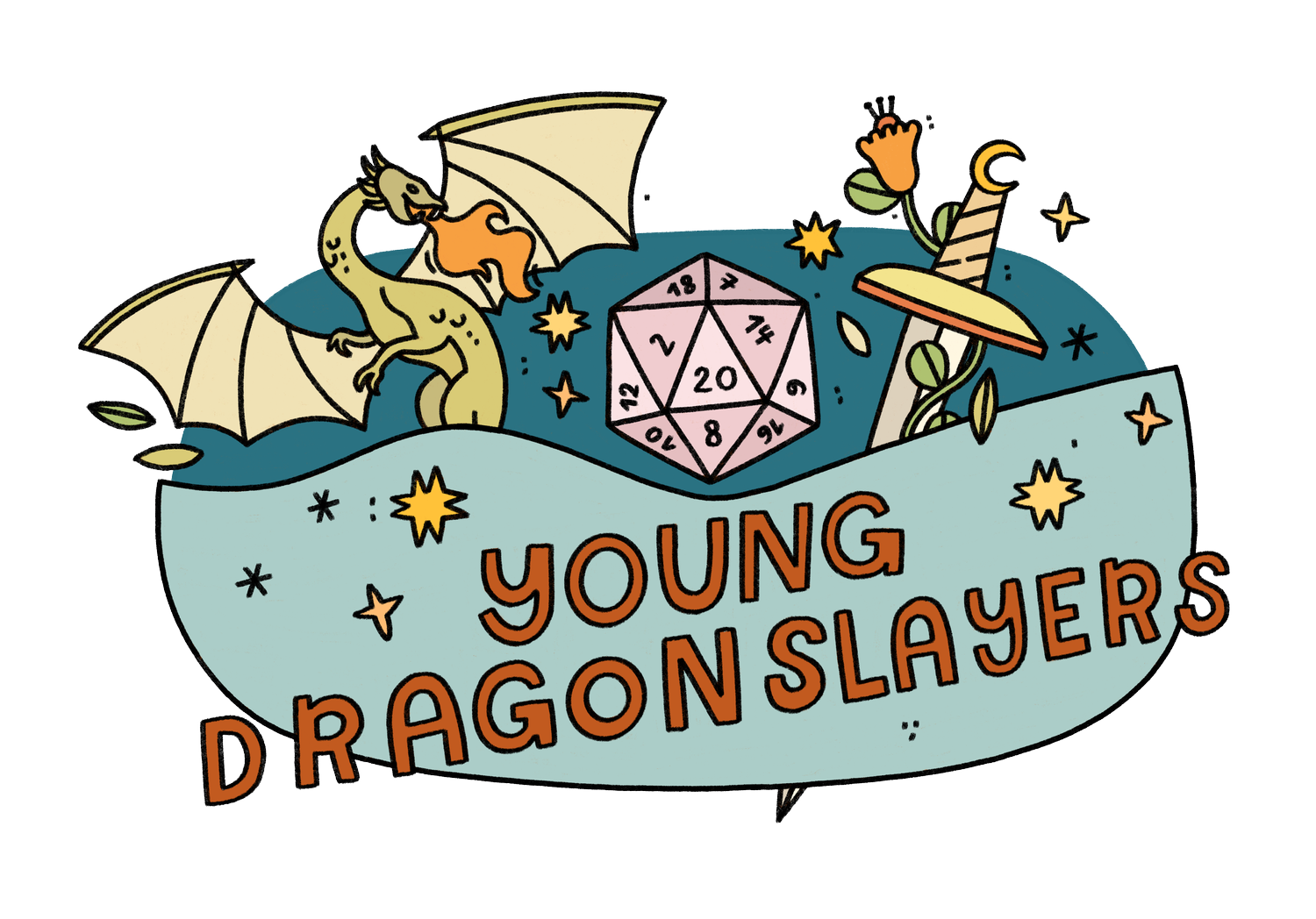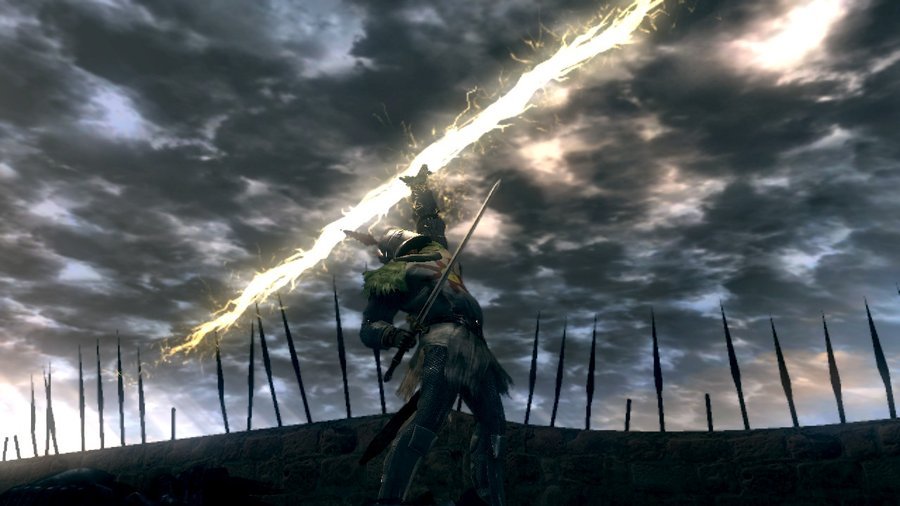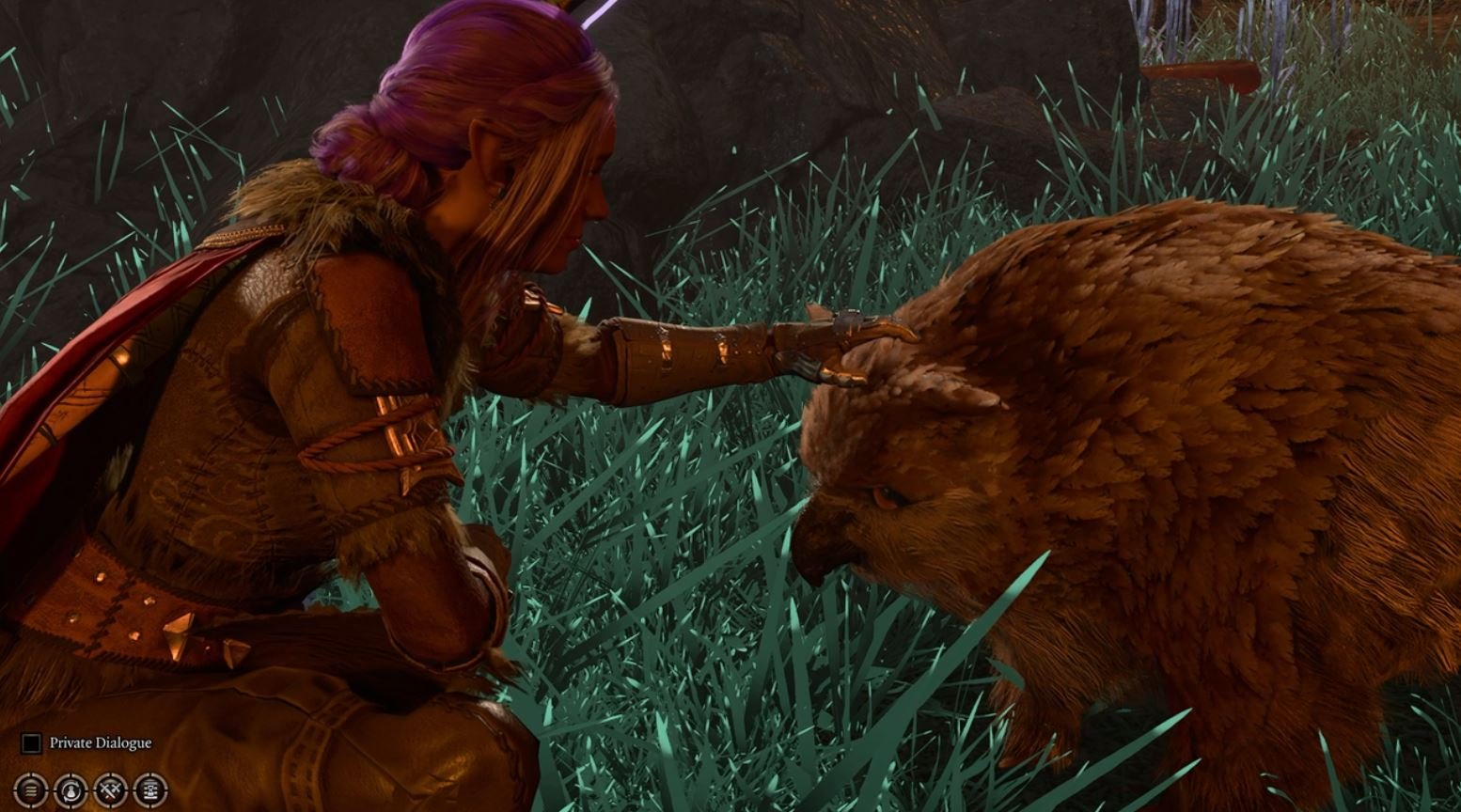What Are The Types of Magic In D&D?
The world of Dungeons & Dragons is filled with strange wonders: looming castles and deep caves, bizzare creatures from the realm of the imagination, and fantastic feats of uncanny ability, from blending into the shadows to paralyzing a foe with a single strike. But by far the most well-known element of this fantasy world is magic; nearly all (9 out of 12) of the playable classes in Dungeons & Dragons have access to some type of magic, from a wizard bringing a storm from the heavens to a ranger transforming an arrow into a bolt of lightning to an Arcane Trickster rogue summoning a phantom steed from thin air. There are more than 350 spells in the Player’s Handbook alone! Each of these spells is organized into eight separate categories, or “schools” of magic with arcane-sounding names that can confuse new players. But with this handy guide, the next time your druid casts Detect Magic and your Dungeon Master tells you that the cellar reeks of Conjuration magic, you’ll know exactly what they’re talking about.
Abjuration Magic
The school of Abjuration comes from the word “Abjure,” a verb meaning “to renounce, repudiate, or retract, especially with formal solemnity; recant.” Put simply, this means that Abjuration magic can block something or take it back. For example, if you’re facing a wizard who summoned a fireball, you could counter with your own magic, stopping the spell in its tracks. Enemies aren’t the only ones you can affect with Abjuration spells; you could also magically prevent your entire party from leaving footprints or other signs of their presence, making Stealth checks a breeze. If you are discovered, you could use another spell to simply banish your would-be ambushers to another plane of existence. One of the most powerful Abjuration spells literally makes you invincible to all types of damage! My Eldritch Knight spent a lot of time in the thick of battle with his legendary dragon-slaying sword; he often called upon a simple Abjuration staple which summoned a magical barrier to protect him in combat.
Conjuration Magic
The school of Conjuration comes from the word “Conjure,” a verb meaning “to effect, produce, or bring” Conjuration magic can “produce” anything from a helpful creature to a magical weapon. If you’re looking for a companion to aid you in your journey, you can summon creatures to pick things up, go on spy missions, or even fight alongside you in your time of need. You can also create combat effects, like lightning bolts, that strike down your enemies. Conjuration spells also allow you to teleport instantly from one place to another (in this case, the thing you’re “producing” is yourself)! By far the most powerful spell in all of Dungeons & Dragons (D&D) is a Conjuration spell that grants the caster a single wish; this can be anything from fully healing your entire party to reshaping reality itself. In one of my parties, our wizard used Conjuration magic to summon a portal to a magical mansion, complete with food, servants, furniture, and a full floor plan that he got to make up himself. No more tent camping for that party!
Divination Magic
The school of Divination comes from the word “Divine,” a verb meaning “to discover or declare.” Divination spells empower you to “discover” knowledge of the past, present, or future. If you’re walking into a precarious situation, you can use Divination magic to detect the presence of magic or the thoughts of other creatures and avoid being caught unawares. Divination spells can also allow you to discern the location of an object, like a magical weapon, or a creature, like your kidnapped party member. The highest-level Divination spell available lets you bestow the ability to see slightly into the future. Mechanically, this means the target has advantage on attack rolls, ability checks, and saving throws - and other creatures have disadvantage when attacking the target (Plus it lasts for 8 hours, which is a whopping 4800 turns of combat! But if you’re ever in a combat encounter that lasts that long, you should probably start looking for a new Dungeon Master.) When my players came across an aggressive polar bear, they used a Divination spell to communicate with him, calming him down and eventually adopting him as a party pet (he’s come in very handy in their adventures)!
Enchantment Magic
The school of Enchantment comes from the word “Enchant,” a verb meaning “ to subject to magical influence.” Technically, any of these spells subjects something to magical influence, but, in D&D, the subjects of Enchantment spells are people and monsters. For example, if a guard refuses to let you in to see the queen, you could bombard them with a series of magical insults, dealing psychic damage to them, or cause them to laugh hysterically, falling to the ground in a fit of laughter and allowing you to walk right past them. Using Enchantment magic, you can cause a person or monster to consider you a friend, freeze in place, or follow your every command, which can be used to both helpful and hilarious ends. The most powerful Enchantment spell of all is perhaps the most simple: dubbed Power Word Kill, it allows you to instantly kill most creatures by speaking a single word. My paladin of truth often made use of a gentler Enchantment spell which prevents people from telling lies (You can find out more about her in my recent blog post about turning your campaign into a novel).
Evocation Magic
The school of Evocation comes from the word “Evoke,” meaning “to call up or produce.” When we use this word in daily life, we usually mean something mundane (“That smell evoked a memory of my childhood.”), but in D&D, Evocation “calls up” powerful elements like a ball of fire burning all in its wake, a bolt of lightning, arcing from enemy to enemy, or a mighty tornado, sucking up everything in its path. If you need to convey information (or annoy your enemies), you can send a telepathic message (just make sure you don’t run out of words). Perhaps the most powerful thing you can summon with Evocation magic is a swarm of blazing meteors, dealing a whopping 40d6 damage! One of my players called on Evocation magic to summon and control a giant magical hand, which they cleverly used to grab a castle spire, break it off of the building, and strike down a giant demon chicken (it’s a long story).
Illusion Magic
The school of Illusion comes from, naturally enough, the word “Illusion,” a noun meaning “something that deceives by producing a false or misleading impression of reality.” The “misleading impressions” that can be produced with this kind of magic range from magical codes imbued in written scrolls to a powerful sword made of gloom to making yourself completely invisible. Illusion magic is also great for playing with the minds of your enemies, making them unable to distinguish between multiple versions of you, perceive the ground around them as an impassable crevasse, or even see visions of their deepest nightmares, causing them to flee in fear. These kinds of spells can handily end a conflict without dealing any damage! One of the most powerful Illusion spells to add to your repertoire lets you summon a dragon made of shadows; the dragon can’t be hit or damaged, but it can breathe fire, lightning, acid, and more. I once played a warlock who often used Illusion magic to transform into a different person, which let them get up to all kinds of trickery, deception, and, of course, pranks.
Necromancy Magic
The school of Necromancy comes from the prefix “Necro-.” When that prefix is put in front of a word, the word is modified to mean having to do with the dead (for example, a “necropolis” is a cemetery). Necromancy spells control life, death, and undeath; though they can be pretty spooky, they’re not necessarily evil. If you came across a dead body as a necromancer, you could talk to them, summon them up as a zombie, or even create an army of zombies you can control. However, Necromancy spells aren’t limited to dealing with corpses; they can damage your opponents with necrotic energy or suck the life force out of people. It’s not all death and destruction, though! The most powerful healing spells in the game are in the school of Necromancy, allowing you to bring an ally back to life, growing back limbs and organs, healing wounds, or even making them a whole new body. A particularly paranoid player of mine would often use Necromancy magic to create a clone of themself just in case they died and their soul needed somewhere to go (luckily, they never had to use it).
Transmutation Magic
The school of Transmutation comes from the word “Transmute,” a verb meaning “to change from one nature, substance, form, or condition into another.” Transmutation spells allow you to control this “change” to modify energy, matter, and people into other forms. If your party needs help, you can slow their perilous fall, summon a pocket dimension for them to hide in, or give them the ability to see in the dark, climb walls, and even fly. Of course, you can also change ordinary matter into more powerful kinds, creating arrows of fire, parting waters, controlling the wind, moving the earth, or even forging a faithful companion out of simple clay. One of the most powerful Transmutation abilities allows you to transform one or more people into other creatures or objects. To quickly turn the tide of a battle, you could transform yourself into an ancient white dragon, or, if you’re feeling cheeky, transform a ring of bandits into baboons. My aforementioned truth paladin had a versatile Transmutation spell that let her shrink powerful Cloud Giants down to size and embiggen her half-orc monk friend to grapple with a white dragon.
Pick Some Spells!
It’s so much fun to look through all of the spells available in Dungeons & Dragons. Whenever my characters or my party levels up, picking spells is my favorite part by far; my players just got to level 9, and our druid got to choose between a Transmutation spell allowing them to control the wind, a Conjuration spell that brought forth the spirit of a dragon, and an Evocation spell that could summon magical rocks, roots, and vines, to attack and restrain your enemies. If you’d like to join a game where professional Dungeon Masters (like me!) can help you pick out some spells and lead you on wonderful adventures, you’re in luck. Here at Young Dragonslayers™, we do just that. Our winter quarter will be open for registration soon; sign up for our newsletter to be alerted, and take a look at the full spell list to start brainstorming your character!









